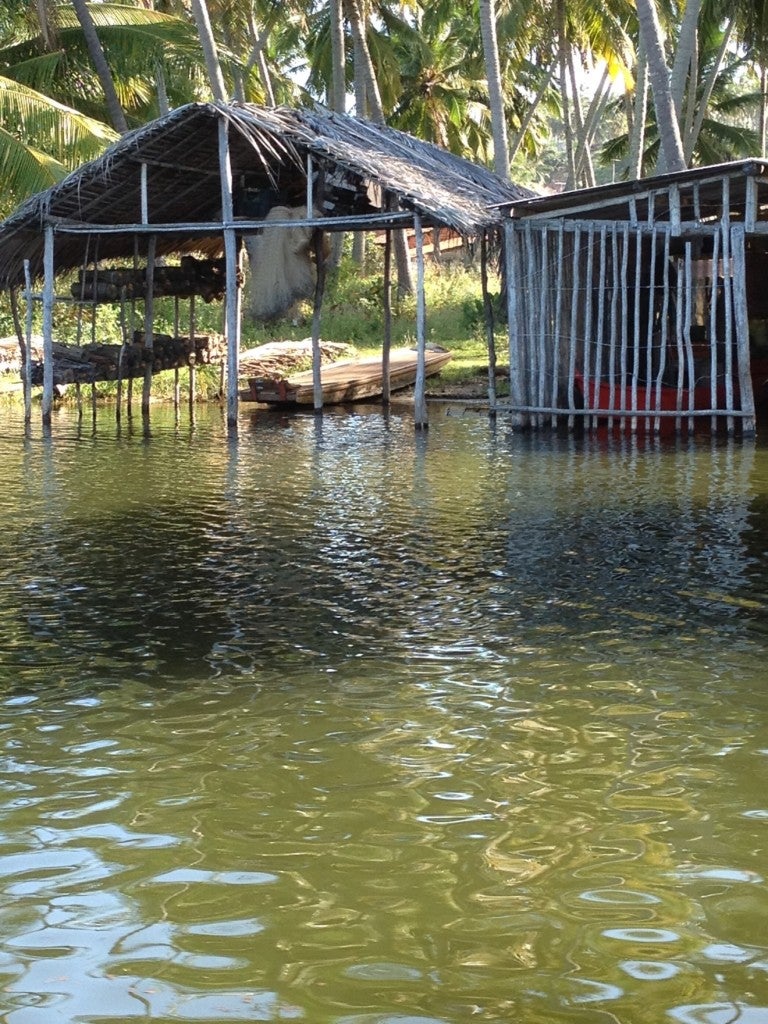
Fishing shack along a mangrove channel, Brazil
I recently visited Brazil for the first time to work with our partners in Fish Forever to choose sites to work in over the next several years, with the goal of turning fisheries with declining yields and profits into success stories for fishermen, their communities, and the environment. Fish Forever is a partnership between Rare, the University of California at Santa Barbara, and the Environmental Defense Fund.
Brazil’s 300,000 square mile shelf produced about 550,000 tons of seafood in 2011, worth over $US 1.5 billion, and employs about 1 million people according to the Food and Agriculture Organization (FAO).
At first glance, the coral reefs, seagrass meadows, and mangrove forests we visited seemed similar to the kinds of ecosystems I had visited before in the tropics – until I started to understand their scale.
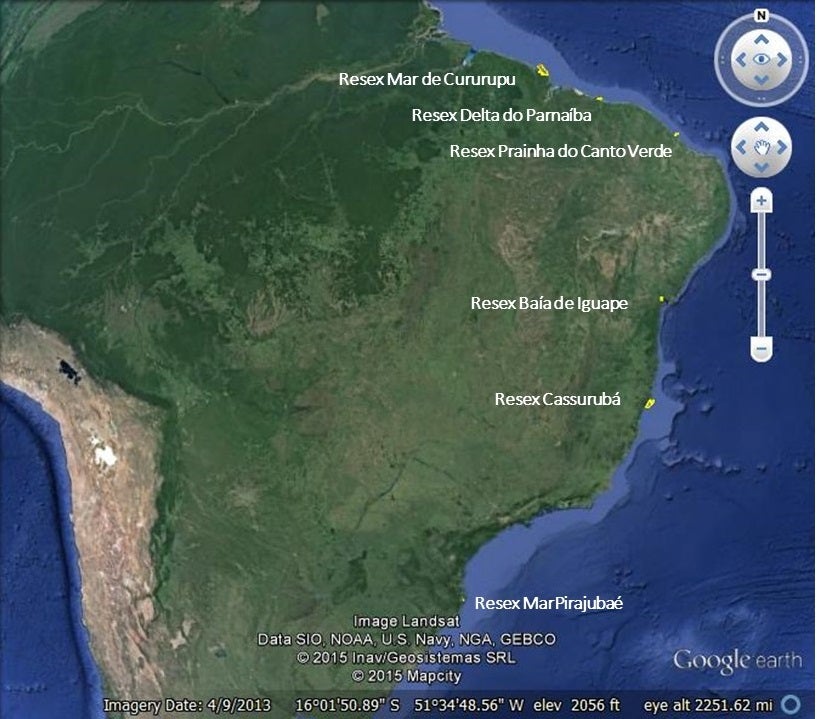 It’s easy to see on any map that Brazil is a huge country, spanning 4 time zones. But it was quite another thing to actually experience its hugeness. We spent much of our time on planes and in cars to get from site to site, because we were hoping to choose sites that represented the diversity of Brazilian marine and estuarine systems – and because the coast is over 4,500 miles long, more than 4 times the length of California’s.
It’s easy to see on any map that Brazil is a huge country, spanning 4 time zones. But it was quite another thing to actually experience its hugeness. We spent much of our time on planes and in cars to get from site to site, because we were hoping to choose sites that represented the diversity of Brazilian marine and estuarine systems – and because the coast is over 4,500 miles long, more than 4 times the length of California’s.
The ancient coastal basins of Brazil, relatively undisturbed by volcanic eruptions or earthquakes, support impressive strands of mangrove forest, enormous tidal lagoons, and lush coral reefs. Of course, there are also signs of deterioration: only a small fraction of the coastal forest remains, as humans continue to congregate in the coastal zone. Vast sugar cane fields abut coastal ecosystems directly, allowing pollutants and sediments to flow freely into the sea. Mangrove forests are being cut down; poking holes in the filters between land and sea that seagrasses and coral reefs need to thrive.
The health of fisheries in Brazil is also a mixed bag. The annual yield of about half a million tons sounds like a lot. However, the FAO estimates a potential yield of up to 1.7 million tons. Tripling the yield through good management could also mean tripling jobs, food, and revenues.
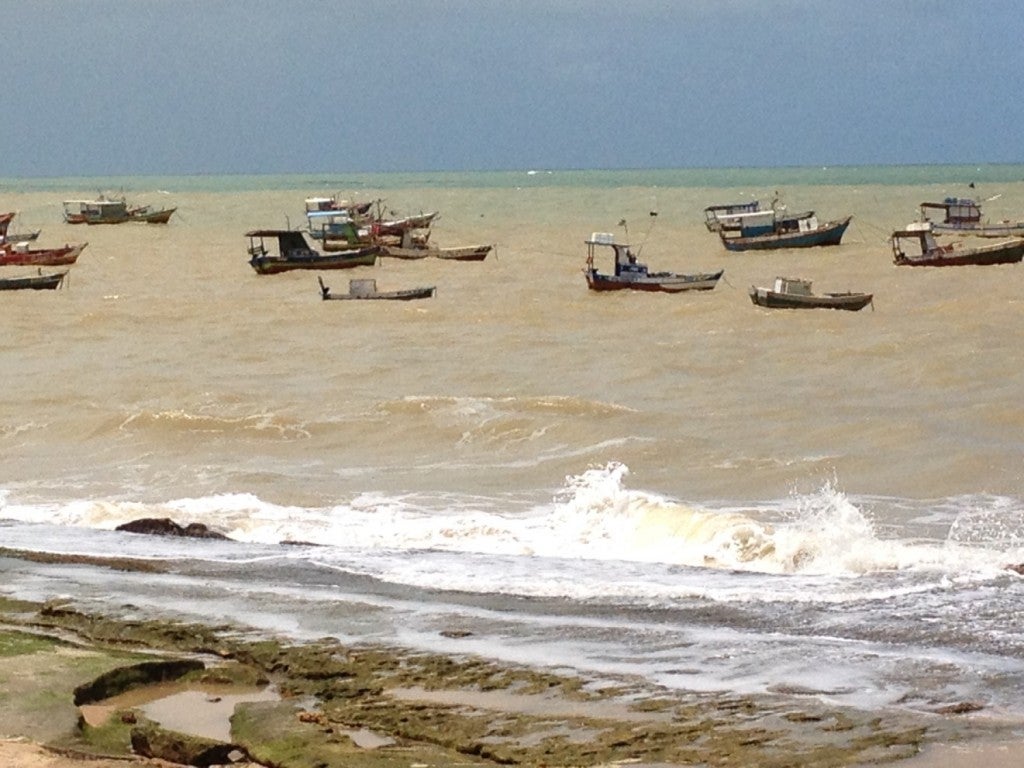
Offshore fishing fleet
Generally, three kinds of fishing take place in Brazilian waters: large scale offshore commercial (about 100 vessels), smaller scale commercial (about 1,600 vessels), and artisanal (about 23,000 vessels) (FAO 2001). They catch shrimp, lobster, tuna, sardines and other species offshore while in nearshore waters the catch is dominated by fish that use the mangroves and estuaries as nursery areas and migrate offshore as adults. Within the mangrove lagoons, artisanal fishermen focus on snook, corvina, snappers, and a large variety of crabs, oysters and mussels.
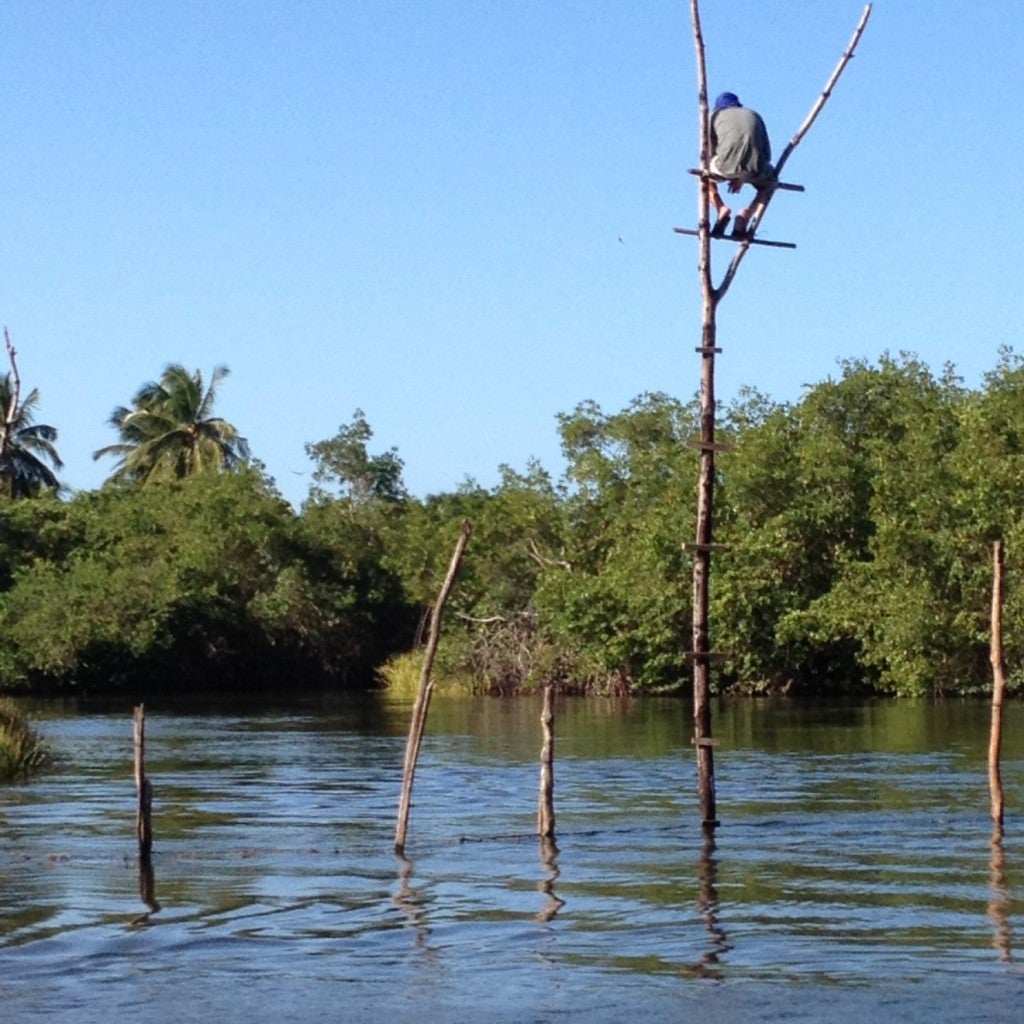
Artisanal fishermen in the mangrove langoon, using a fish weir
Many of the fishermen and managers we spoke to complained of declining yields, smaller average size of their fish, and longer trips to catch fewer fish: all signs of overfishing. No doubt pollution, habitat fragmentation, and other factors are also affecting ecosystem health. In several sites, dams have clearly altered the flow of water and sediments; lagoons are becoming shallower, and the mouths of estuaries are getting more constricted. These kinds of changes often result in reduced productivity, as the “tidal prism” (the very productive interface between seawater and river water in an estuary) gets dislocated from the habitats that support fish and shellfish that depend on the mixing that happens in the prism. Our analyses of fishing and non-fishing threats suggest, however, that at many sites overfishing is a primary cause of stock decline, so projects like Fish Forever that are aimed at setting up marine reserves in conjunction with exclusive access rights for local communities (also known as TURFs) seem very promising.
To address these issues, and most importantly, to protect the livelihoods and culture of local fishermen, Brazil has set up 21 marine extractive reserves (RESEX from the Portuguese reservas extrativistas) in the coastal zone, modeled on the RESEXs established in the rainforest to protect the forest and rubber-tappers who were using it sustainably against encroachment by ranchers and farmers. RESEX are designated areas in which only certain activities are allowed. On the water, the RESEX are designed to promote sustainable fishing by traditional fishermen, as opposed to large scale industrial fishing.
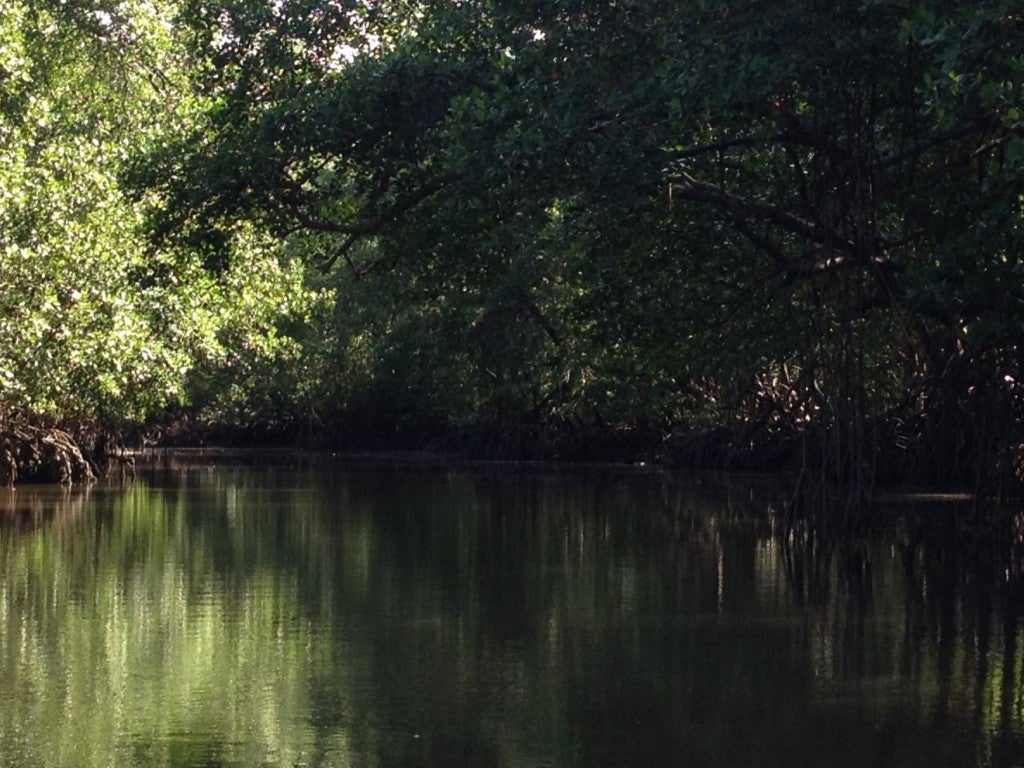 In principle, RESEX have great potential. If designed well, they can promote co-management of coastal resources, sharing power between local cooperative groups, state government, and the central government to ensure that fishing regulations make sense, are effective, and can be changed efficiently if necessary. They could provide needed subsidies to impoverished fishermen to help them transition to more sustainable fishing practices. And they could protect coastal fishermen and their communities from encroachment by industrial fishing and aquaculture operations.
In principle, RESEX have great potential. If designed well, they can promote co-management of coastal resources, sharing power between local cooperative groups, state government, and the central government to ensure that fishing regulations make sense, are effective, and can be changed efficiently if necessary. They could provide needed subsidies to impoverished fishermen to help them transition to more sustainable fishing practices. And they could protect coastal fishermen and their communities from encroachment by industrial fishing and aquaculture operations.
Our challenge, and one we strive to resolve through Fish Forever, will be to help Brazil’s coastal RESEX realize this potential. This month, talented campaign managers from each selected site are being trained in the methods of social marketing and fisheries management, so that they can return to their communities to work directly with fishermen. Skilled fisheries specialists will also work with fishermen to blend local knowledge with scientific data in order to design science-based regulations that will bring depleted fish populations back. Supply chain experts will identify opportunities to capture more of the value of the catch, so that reduced catches can still bring in needed revenue.
Time will tell whether this ambitious undertaking will succeed, but we are off to a strong start. Now that the sites are chosen, the campaign managers are being trained, and the fisheries specialists are getting hired, we are optimistic. Brazil’s fisheries are indeed big and complex, but we have a winning strategy to work with fishermen to design their own sustainable future.









